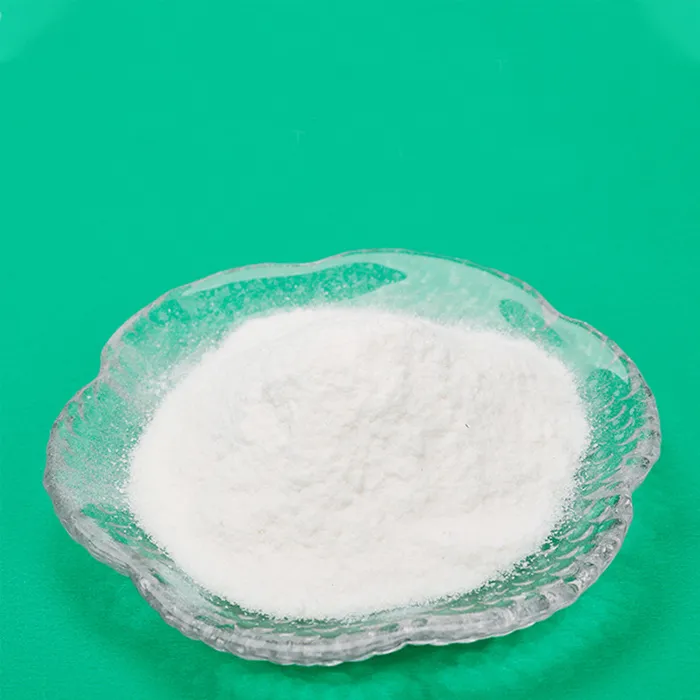The Role of Chemicals in Water Treatment
Clean and safe drinking water is a fundamental necessity for human health and well-being. Contaminated water sources can lead to severe health issues, including waterborne diseases and other chronic conditions. To ensure that water meets safety standards, various chemical treatments are employed in water treatment plants around the world. This article explores the key chemicals used in the water treatment process, their purposes, and their impacts on water quality.
1. Coagulants
Coagulation is one of the initial steps in the water treatment process. It involves the addition of coagulants, such as aluminum sulfate (alum) or ferric chloride, which help to aggregate suspended particles in water. When these coagulants are added, they bind with impurities, allowing them to clump together into larger particles called flocs. This process makes it easier to remove these contaminants through sedimentation or filtration. Coagulation effectively reduces turbidity and prepares the water for further treatment steps.
2. Disinfectants
After coagulation and sedimentation, the next crucial step is disinfection. Common disinfectants include chlorine, chloramine, and ozone. Chlorine is the most widely used disinfectant due to its effectiveness against a broad range of pathogens. It works by damaging the cellular structure of bacteria, viruses, and protozoa, thus killing or inactivating them. However, the use of chlorine has its challenges. By-products known as trihalomethanes (THMs) can form when chlorine reacts with organic materials present in water. Therefore, monitoring and controlling chlorine levels is essential to minimize potential side effects.
Chloramine, a combination of chlorine and ammonia, is often used as a secondary disinfectant due to its longer-lasting effects in the distribution system
. Ozone, on the other hand, is a powerful oxidant that does not leave harmful residues, making it an attractive alternative, though its use requires specialized equipment due to its instability.3. pH Adjusters
chemical used for treatment of water

Maintaining the correct pH level is vital for water quality and the effectiveness of disinfection processes. Chemicals such as lime (calcium hydroxide) or sulfuric acid may be added to adjust the pH of the water. A balanced pH level (typically between 6.5 and 8.5) is essential because extreme pH levels can reduce the efficacy of disinfectants and lead to corrosion of pipes. Adjusting pH can also help reduce the solubility of heavy metals, thereby decreasing their concentrations in treated water.
4. Fluoride
Fluoride is sometimes added to drinking water to promote dental health. Numerous studies have shown that fluoride can significantly reduce the incidence of dental caries among populations. However, this practice is controversial and varies by region, as some communities choose to avoid adding fluoride due to health concerns regarding excessive exposure.
5. Membrane Chemicals
In advanced treatment processes, particularly in reverse osmosis systems, chemicals like anti-scalants and biocides are used to protect membranes from fouling and biofilm growth. These chemicals help to maintain the efficiency of reverse osmosis systems, which are essential for desalination and treating wastewater.
Conclusion
The use of chemicals in the treatment of water reflects a balance between ensuring safety and maintaining environmental integrity. Each chemical plays a specific role in the purification process, from removing physical contaminants to eliminating harmful microorganisms. However, the treatment process must be carefully managed to minimize any adverse effects on health and the environment. As water scarcity becomes an increasingly pressing issue worldwide, advancements in chemical treatment methods and technologies will be crucial to providing safe drinking water and promoting sustainable water management practices. As we move forward, ongoing research and innovation in this field will be essential for addressing the challenges posed by a growing population and changing environmental conditions.

